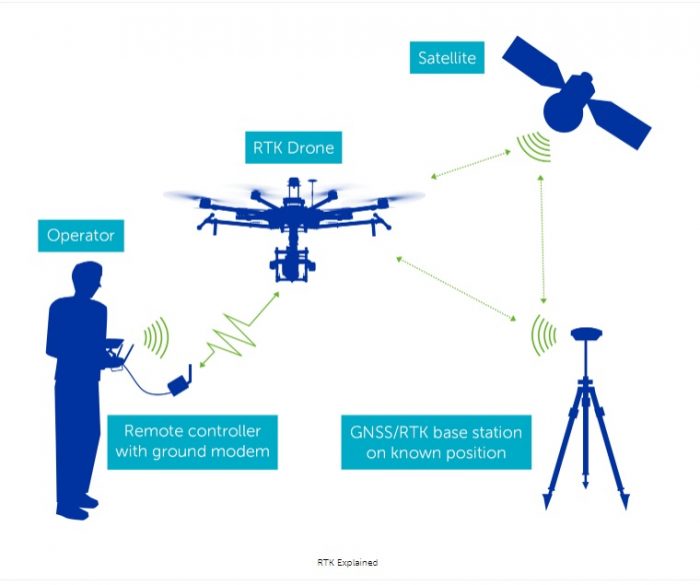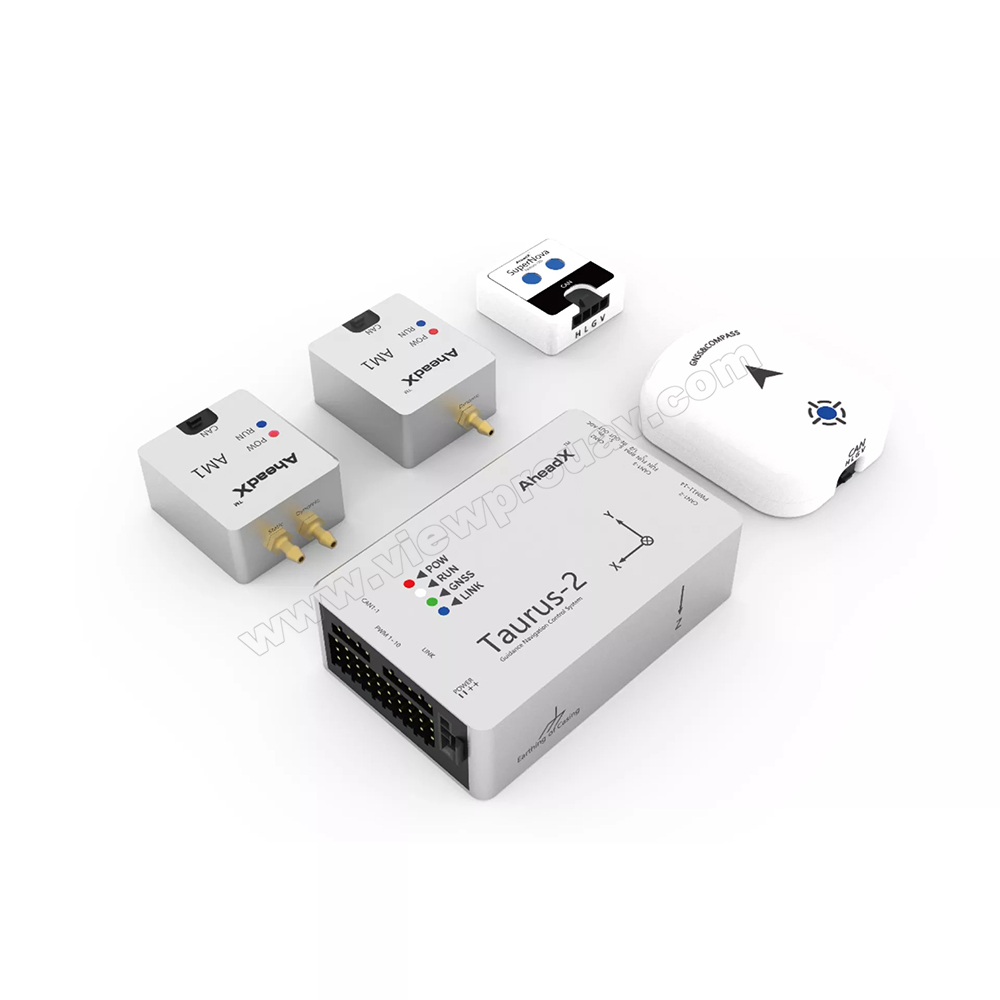Trusted Drone Navigating with SparkNavi Drone Flight Controller and GNSS/INS Made in Taiwan
Trusted Drone Navigating with SparkNavi Drone Flight Controller and GNSS/INS Made in Taiwan
Blog Article
Recognizing the Necessary Attributes and Functions of a Drone Trip Controller for Optimal Airborne Efficiency
The trip controller functions as the crucial component in a drone's design, managing its motions and guaranteeing security via an advanced interplay of sensors and data handling. Comprehending the vital functions and functions of these controllers is vital for making the most of aerial efficiency, as they determine not only navigational precision however likewise general safety and integrity. With innovations in modern technology, the landscape of trip controllers is rapidly evolving, motivating a more detailed assessment of what really specifies ideal performance in this critical system. What effects do these advancements hold for both enthusiasts and specialists in the area?
Introduction of Trip Controllers
When discovering the world of drone modern technology, recognizing trip controllers is important for both experts and hobbyists alike. Trip controllers offer as the mind of the drone, orchestrating its motions and making certain stability throughout trip (SparkNavi drone flight controller and GNSS/INS made in taiwan). They process information from various sensing units, consisting of gyroscopes, measures, and accelerometers, to keep stability and react to pilot inputs efficiently
The architecture of trip controllers can differ considerably, varying from standard variations designed for entry-level drones to advanced systems furnished with innovative features for professional applications. The assimilation of GPS capabilities allows precise navigation and positioning, while programmable firmware allows users to customize flight attributes to fit their particular demands.
Furthermore, flight controllers are essential in assisting in interaction between the drone and the push-button control, making it possible for real-time adjustments and telemetry data transmission. Recognizing the various kinds of flight controllers, including multi-rotor, fixed-wing, and hybrid systems, is critical for choosing the ideal model for a provided application. Ultimately, an extensive grasp of trip controllers not just improves the flying experience yet likewise takes full advantage of the efficiency and safety and security of drone operations.
Key Functions of Trip Controllers
Flight controllers play a pivotal function in managing a drone's flight characteristics by implementing numerous crucial functions that guarantee security and responsiveness. Among the main functions is the stabilization of the drone's positioning and altitude. This is accomplished with the combination of different sensors, including accelerometers, measures, and gyroscopes, which continually monitor the drone's placement and movement.
.png)
Another crucial function is the handling of control inputs from the pilot or self-governing systems. The flight controller analyzes these inputs and changes the drone's motor rates accordingly to attain the desired trip path. This consists of managing pitch, yaw, and roll, which are essential for maneuverability.
In addition, flight controllers are equipped with sound mechanisms. These features are designed to react to crucial circumstances, such as low battery levels or loss of signal, by launching predefined actions like returning to the launch factor or hovering in location.

Essential Functions to Consider
Numerous necessary functions should be thought about when selecting a drone trip controller to ensure optimal efficiency and integrity. One essential element is the controller's handling power, which determines its capability to take care of complex flight formulas and real-time information processing. A higher processing ability enhances responsiveness and stability throughout trip.
An additional essential function is the variety of sustained trip modes. A flexible flight controller need to use various settings, consisting of acro, altitude hold, and GPS-assisted modes, providing to various pilot skill levels and operational scenarios. In addition, the visibility of built-in safety attributes, such as fail-safes and geofencing, can dramatically improve functional safety.
Compatibility with various communication procedures is likewise crucial, as it makes sure seamless integration with other devices and peripherals, such as remote controllers and telemetry systems. The controller's firmware have to be easy to use and regularly updated to include brand-new features and optimizations.
Assimilation With Sensors and Solutions
A trip controller's performance is greatly influenced by its capacity to incorporate with numerous sensing units and systems. This combination is essential as it makes it possible for the flight controller to get real-time information necessary for efficient trip management. Secret sensing units consist of GPS, inertial dimension devices (IMUs), measures, and magnetometers, each supplying important information relating to the drone's position, orientation, and elevation.

Additionally, advanced flight controllers support assimilation with payload systems, consisting of cams and various other sensors, enabling enhanced performances such as self-governing navigation and obstacle avoidance. This interconnectedness not only improves the drone's functional capabilities however likewise increases its application potential across various industries, from aerial photography to agricultural tracking. Therefore, a well-integrated trip controller is basic for achieving optimum aerial efficiency and ensuring the integrity of drone procedures.
Tips for Optimizing Efficiency
To make the most of the performance of your drone, numerous key techniques can be employed that concentrate on additional resources enhancing both software and hardware elements. First, make certain that the flight controller firmware depends on day. Makers frequently release updates that boost stability, improve functionality, and fix insects. Routinely looking for these updates can significantly affect your drone's efficiency.
Following, calibrate your sensing units, consisting of the accelerometer and gyroscope, to guarantee exact readings. Appropriate calibration reduces drift and enhances flight security, especially during complicated maneuvers. In addition, take into consideration updating the hardware parts, such as propellers and motors, to improve thrust and efficiency. Premium propellers can lower drag and boost flight time.
Adjust your flight settings, including PID (Symmetrical, Essential, Derivative) worths, to accomplish receptive and smooth handling. By executing these strategies, drone drivers can substantially enhance airborne efficiency, leading to an extra satisfying and have a peek at this site effective flying Read Full Article experience.
Verdict
Finally, an extensive understanding of drone flight controllers is critical for improving airborne performance. The assimilation of essential features and vital features, consisting of processing power and security devices, directly affects the stability and ability to move of drones. Additionally, reliable communication with different sensing units and systems plays a vital duty in accomplishing specific navigating and operational effectiveness. By focusing on these elements, operators can dramatically raise the efficiency and dependability of their drone systems in varied applications.
Flight controllers serve as the brain of the drone, managing its movements and ensuring security during flight.Trip controllers play a critical duty in handling a drone's flight dynamics by performing a number of key functions that make sure security and responsiveness. The trip controller translates these inputs and changes the drone's electric motor speeds as necessary to achieve the desired flight path.Countless necessary features ought to be taken into account when choosing a drone flight controller to guarantee ideal performance and dependability. Therefore, a well-integrated flight controller is essential for accomplishing ideal aerial performance and guaranteeing the reliability of drone operations.
Report this page